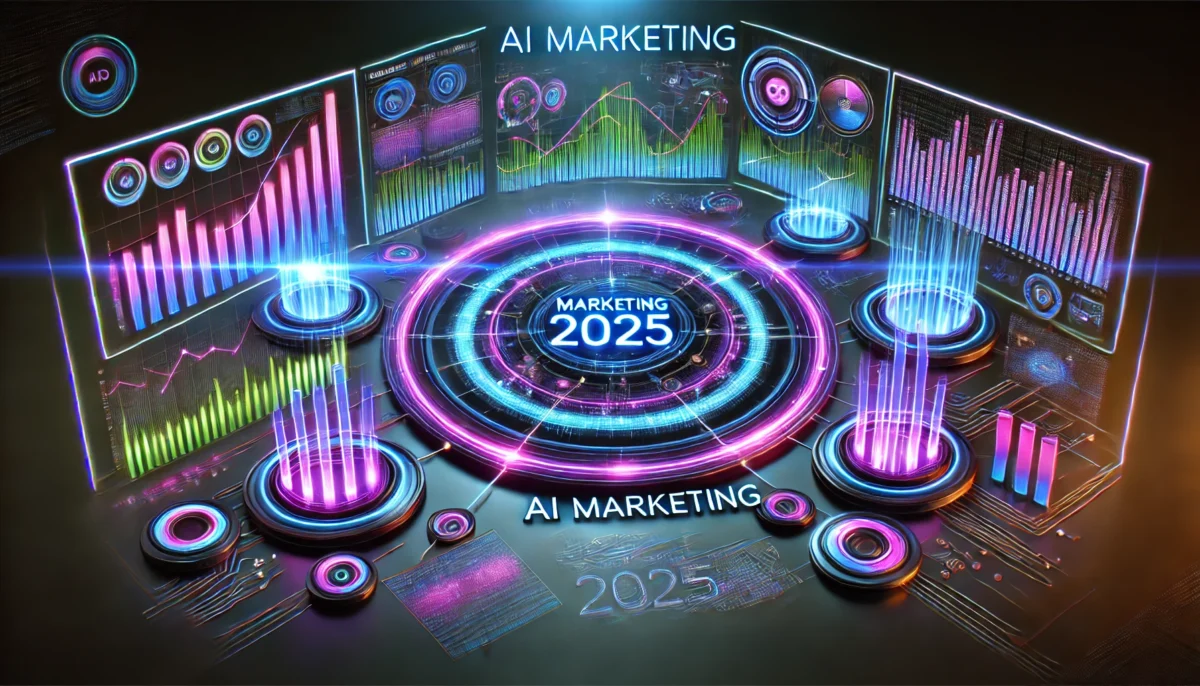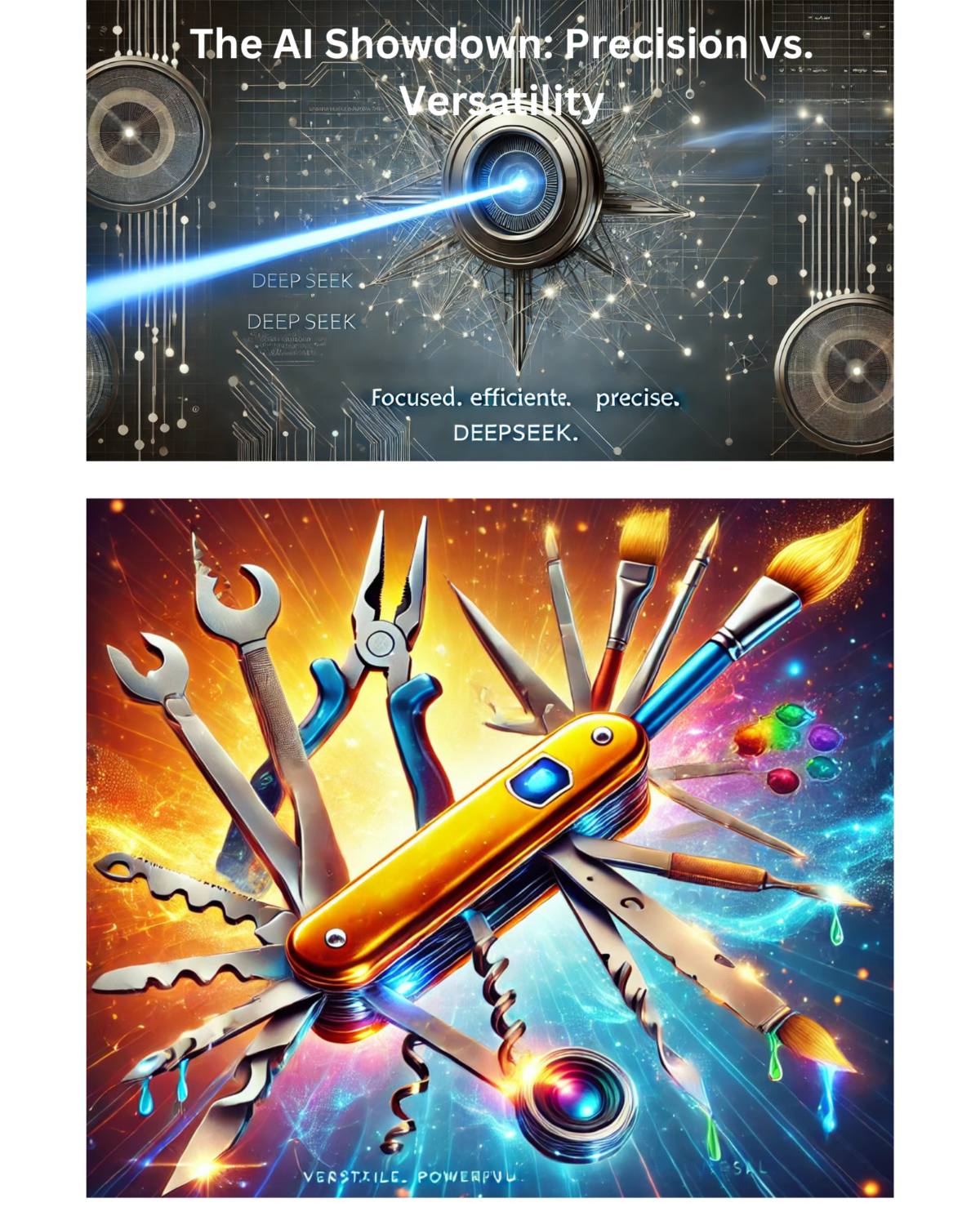Introduction
The AI landscape is witnessing a fascinating clash of titans: OpenAI’s O1, a jack-of-all-trades model, faces a new challenger in DeepSeek, a startup claiming its reasoning-focused AI outperforms O1 in critical benchmarks. But is this the dawn of niche AI dominance—or just a speed bump for general-purpose giants? Let’s unpack the battle.
The Benchmark Breakthrough
DeepSeek’s model reportedly trounces OpenAI’s O1 in logical reasoning and complex problem-solving tasks, according to benchmarks like structured math proofs, multi-step puzzle resolution, and real-time decision trees. These tests mimic challenges in industries like finance (risk modeling), healthcare (diagnostic algorithms), and logistics (supply chain optimization).
Why It Matters
Logical reasoning isn’t just about solving puzzles—it’s the backbone of AI systems that need to “think” step-by-step. Imagine an AI auditing legal contracts, debugging code, or optimizing energy grids. DeepSeek’s focus here signals a shift toward vertical specialization, where tailored models solve high-stakes problems faster and more accurately.
Efficiency Edge
DeepSeek’s secret sauce? A leaner architecture designed for computational efficiency. While O1 thrives on massive compute power, DeepSeek claims its model delivers comparable (or better) results with fewer resources. For startups or cost-conscious enterprises, this could democratize access to advanced AI without cloud-busting budgets.
OpenAI’s Counter: The Generalist Advantage
OpenAI isn’t sweating—yet. O1 still dominates in broad applications, from creative writing to image generation. “General-purpose models will always have a role,” argues an OpenAI spokesperson (hypothetical quote). “They’re the Swiss Army knives of AI—versatile, even if not the sharpest scalpel.”
The Sprint vs. Marathon Analogy
Think of DeepSeek as a sprinter: hyper-focused on specific tasks. OpenAI? The marathoner, built for endurance across diverse terrains. Both have value, but the market’s appetite may hinge on use cases. A self-driving car startup might prefer DeepSeek’s precision, while a content platform sticks with O1’s flexibility.
Industry Implications
- Specialization Trend: Expect more startups to carve niches (e.g., AI for biotech, climate modeling).
- Hybrid Futures: Could generalists like O1 integrate specialized modules? OpenAI’s rumored “plugin ecosystem” might answer yes.
- Cost Wars: Efficiency-focused models could pressure Big Tech to optimize their architectures—good news for sustainability.
The Big Question
Is this the beginning of a fragmented AI ecosystem, where task-specific models reign? Or will generalists adapt and absorb these advances? For now, DeepSeek’s breakthrough proves that even in OpenAI’s shadow, there’s room for sharp-focused innovators.
Final Thought
“The future of AI isn’t ‘either/or’—it’s ‘yes, and.’ Specialized models like DeepSeek push boundaries, while generalists like O1 glue the AI world together. The real winner? Developers and businesses with more tools than ever to build what’s next.”


